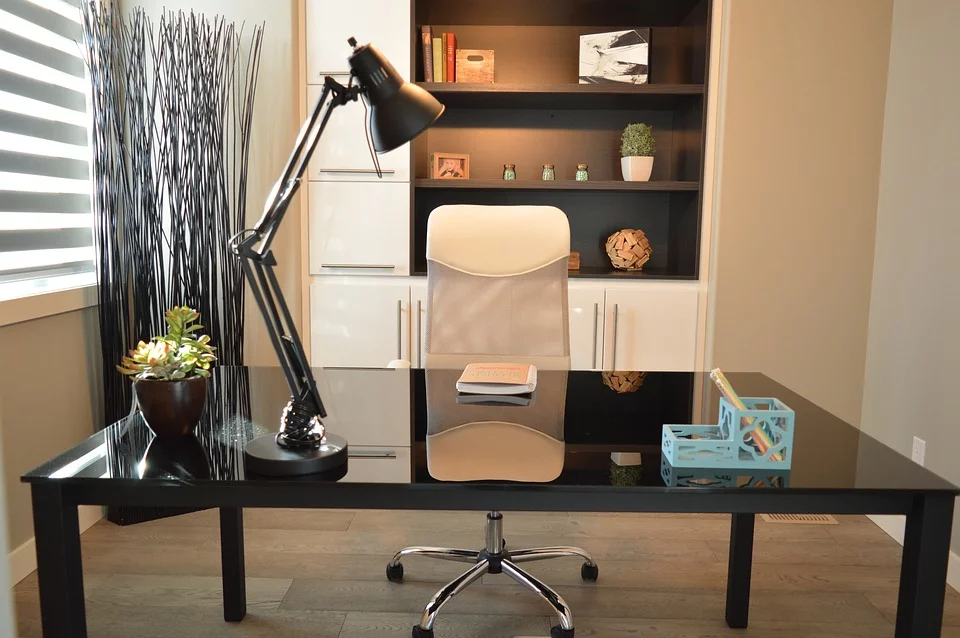Ergonomic Furniture And Productivity
Employee productivity is influenced by a number of factors and one of these factors is the environment in which the employee works. And a major component of the environment in an office is the furniture. Thus, it stands to reason that office furniture has a big impact on productivity.
Employees in new age offices face severe health problems due to demanding work schedules. Also, the long and grueling working hours has led to employees facing a whole new range of problems like back pain, shoulder pain, wrist pain, etc. with the intensity ranging from acute to repeated attacks. In addition, improper office ergonomics leads to neck and back pain, eye strain and several other problems. It also leads to lower productivity and disrupts employees’ personal lives too.
Anthropometric Measurements And Efficiency
The anthropometry data is useful while designing office furniture, as it brings out various facets of the human body like body size, shape, strength and working capacity for design purposes and body composition. These recorded under anthropometry data helps in creating apt furniture as per the requirements of employees.
Considering anthropometric measurements before designing the office furniture, should become part of an organization’s administration culture, as it helps in enhancing employee’s efficiency. It will also help in reducing musculoskeletal disorders (MSDs), achieve the desired comfort in the work set-up and increase attentiveness of the employees during office hours.
The Product Design And Development Stage
The concept of ergonomics can be applied at the product design and development stage, through considerations such as comfort, ease of use, functional adherence, visual and tactile feel, load and force limitations, safety and hygiene, assuming the complete product life cycle, across all target employees user groups.
This means that aspects of dimensional and performance requirements become a critical part at the design stage. Certain manufacturing process certifications also support to consistently maintain the design intent for every manufactured piece. The benefit of using ergonomic products has a direct impact on well-being of the user, improves safety and contributes hugely in enhancing productivity.
Considering anthropometric measurements before designing the office furniture should become part of an organization’s administration culture
Functionality
As the good old saying goes, form follows function’ the form of the furniture has to be made according to its intended purpose or function. The designers need to be cautious by not getting into a trap of focussing only on creating decorative furniture. Instead, they should give equal weight age to efficiency and appeal.
Comfort
Comfortable chairs and spacious work desks should be the top priority of the management. An uncomfortable selection of furniture results in neck ache, stiffness or other ailments. Comfortable office furniture keeps employees relaxed and also boosts productivity.
Layout And Design
The core purpose of ergonomics is to enrich the quality of the user’s lite, through a well-made layout and design. The validation of design with respect to performance, even before tooling through software can help to stretch the designer’s thinking and optimize materials’ usage for a better product.
While designing for a large number of people in bigger organizations, the designers need to consider gender, body types, age, and other anthropometric diversities. While designing a single piece made for a client or family, it caters to the specific needs of that particular user.
Storage
It is obvious that offices require adequate space to store heaps of office documents and stationery etc. It is, therefore, important to consider storage while choosing office furniture. For example, a desk with drawers is preferable over a desk without any storage.
Activity
Activity-based working can create a space where employees can use multiple areas depending on the task at hand. In such workplaces, focus rooms are used mostly for more informal meetings, whereas huddle rooms for creative sessions and the high-impact lounge areas for impromptu collaboration. Thus, a designer can maximize the usage of furniture by choosing the furniture on the basis of the activity of the user.
Efficiency
Last but not the least, it is important to ensure that employees understand how to adjust and use the furniture. Also, it is essential for them to understand the importance of the proper usage of the furniture, as it is directly proportional to their health and safety.
